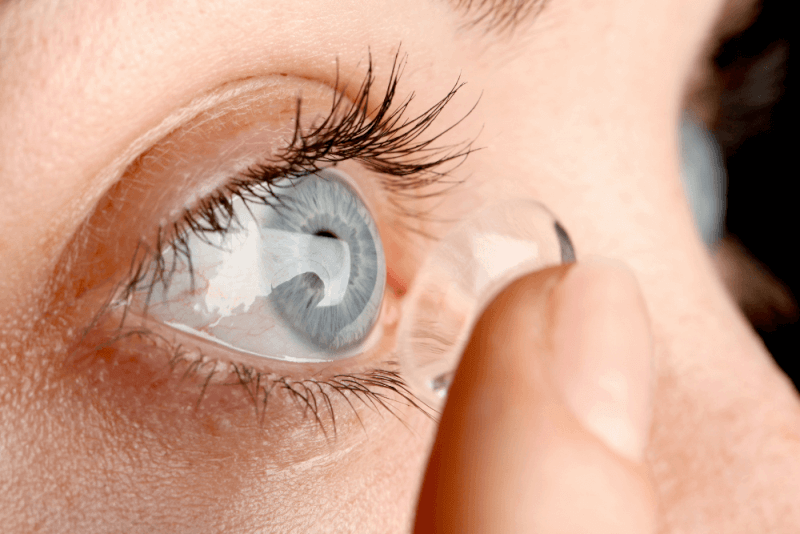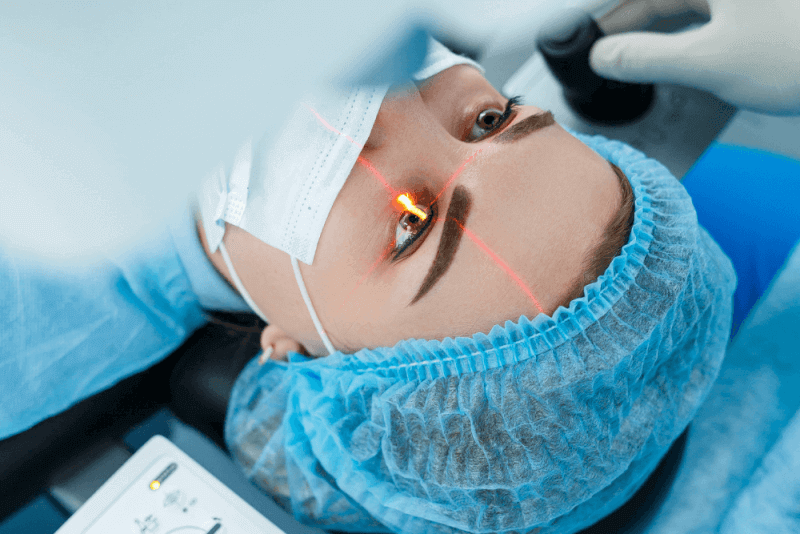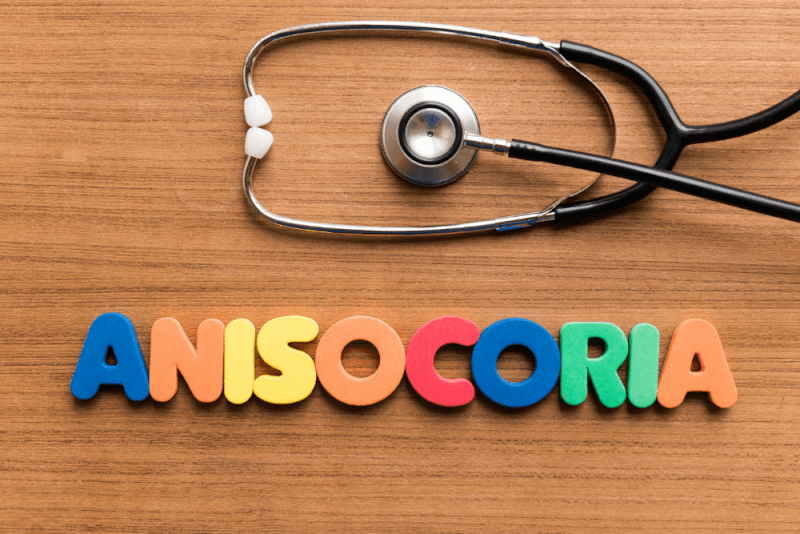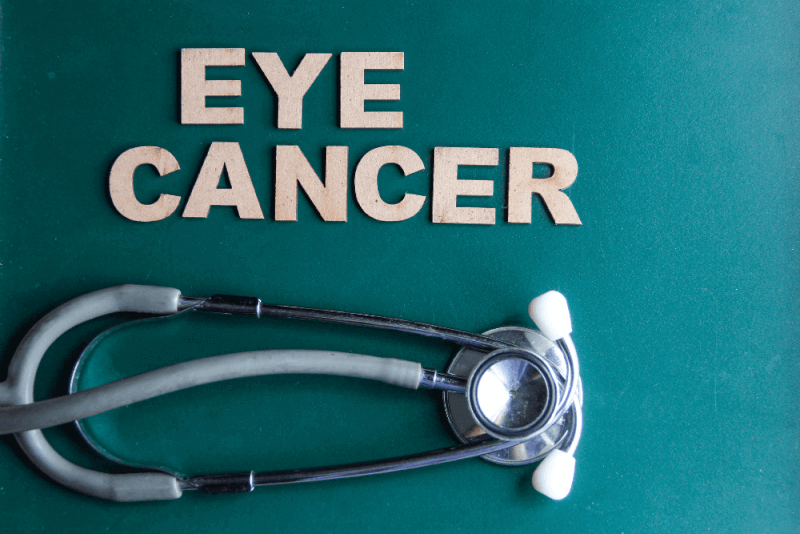What is Eye Pressure?
Eye pressure, also known as intraocular pressure, refers to the pressure inside the eye. The natural eye pressure affects vision and the physical health of the eyes because the inside of the eyes is filled with a gel-like substance. This gel fills the space between the cornea and the iris.
The body can naturally regulate the pressure inside the eye. For this, the amount of fluid entering the eye is balanced by the amount drained. The eye gel is drained from the part where the iris meets the sclera. The stress caused by eye pressure damages the optic nerve. Therefore, if left untreated, it can lead to permanent vision loss.
Causes of Eye Pressure
The body automatically regulates eye pressure. However, certain changes can affect the intraocular pressure more quickly than it can be regulated. These changes include:
- Overproduction of eye gel
- Blocked drainage
- Traumas
- Eye injuries
- Side effects of certain medications, especially corticosteroids
Symptoms of Eye Pressure
Eye pressure does not cause any symptoms. Therefore, it can only be diagnosed during an eye examination. However, if the progression of eye pressure damages the optic nerves, symptoms will begin to appear. Therefore, regular eye check-ups are necessary.
Diagnosis Criteria for Eye Pressure
Eye pressure is measured during an eye examination. Measurements can be made using a test called tonometry. Tonometry measures the pressure inside the eye by flattening the cornea. The more force required to flatten the cornea, the higher the eye pressure.
The most commonly used type of tonometry is non-contact or air-puff tonometry. These devices blow a short puff of air into the eye and measure how much the cornea moves. Additionally, the eye can be numbed with a special drop, and then pressure can be applied to the cornea with an instrument to measure intraocular pressure.
Treatment Methods for Eye Pressure
The treatment for eye pressure varies depending on how high the pressure is and the underlying cause. Some treatment options include:
- Medications that reduce the amount of fluid inside the eye and increase drainage
- Laser treatment to clear blocked drainage
- Surgical methods to relieve pressure inside the eye
People with eye pressure need to be continuously monitored because eye pressure can lead to glaucoma.
What Should Eye Pressure Be?
Eye pressure is measured in millimeters of mercury (mmHg). A healthy eye pressure range is between 10-20 mmHg.
How to Lower Eye Pressure?
People diagnosed with eye pressure can take certain measures to help lower their eye pressure.
Healthy Eating
Eating a healthy and balanced diet helps regulate blood sugar levels. Unstable blood sugar levels can increase eye pressure. Reducing sugar and carbohydrates can help lower blood sugar levels.
Exercise
Exercise not only supports overall body health but also helps reduce stress levels. Lower stress levels can help reduce intraocular pressure.
Reducing Caffeine Consumption
High amounts of caffeine consumption can increase intraocular pressure. Therefore, it is important to reduce the consumption of coffee or energy drinks.
Sleeping Position
Raising the head by 20 degrees while sleeping can help lower intraocular pressure. This can be done by supporting the head with a few pillows.
What Should Individuals with Eye Pressure Pay Attention To?
Individuals with eye pressure should pay attention to the following points:
- A significant drop in blood pressure during sleep can worsen problems related to eye pressure. Therefore, people taking blood pressure medication at night should inform their doctor.
- Some studies suggest that gum disease may be linked to optic nerve damage. Therefore, maintaining oral hygiene is important.
- Protecting the eyes from UV light is essential.
- Sleeping in the correct position is important.
- Sleep apnea increases the risk of eye pressure. Therefore, treating sleep apnea is necessary.
- Protecting the eyes from injury is important.
- Engaging in exercises other than high-performance exercises that increase heart rate.
- Consuming plenty of leafy green vegetables and colorful fruits.
- Informing the doctor about any steroid use.
- Not skipping regular check-ups.
Risks of Eye Pressure
Uncontrolled eye pressure can lead to glaucoma. Glaucoma can cause various complications, including vision loss.







